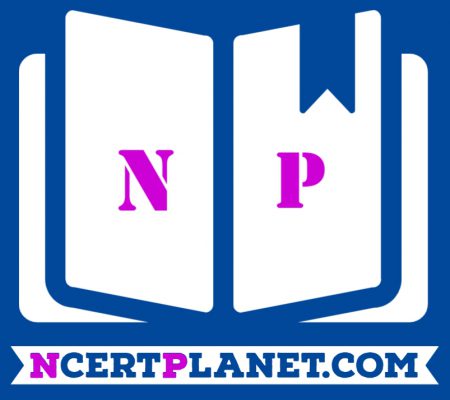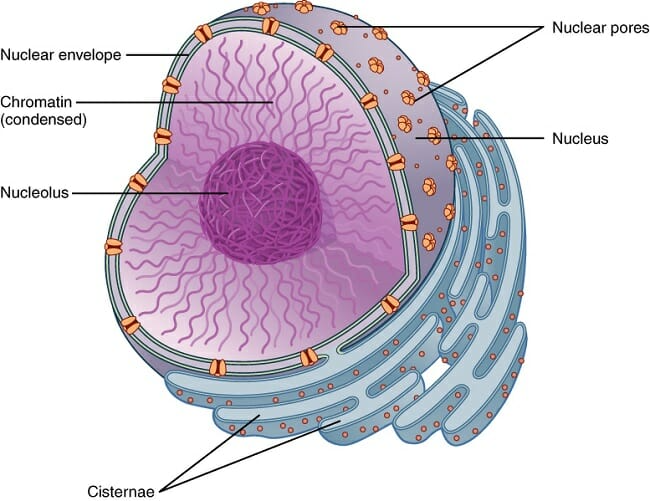Class 8 - Science
Chapter 16 - Light
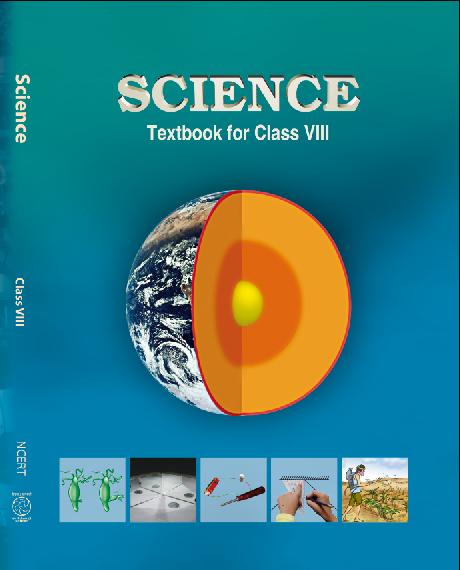
Top Block 1
Question :1. Suppose you are in a dark room. Can you see objects in the room? Can you see objects outside the room? Explain.
Answer :
We cannot see objects in the dark room. But, we can see objects outside the room, in case there is a light outside the room. To see an object need light which must reflect from the object to the eyes.
Question :2. Differentiate between regular and diffused reflection. Does diffused reflection means the failure of the laws of reflection
Answer :
| Regular reflection | Diffused reflection |
|---|---|
| 1. The reflected rays are parallel to incident rays. | A. The reflected rays are not parallel to incident rays. |
| 2. It occurs when incident ray falls on smooth or polished surface. | B. It occurs when incident falls on rough surface. |
No, diffused reflection is not the failure of the laws of reflection.
Question :3. Mention against each of following whether regular or diffused reflection will take place when a beam of light strikes. Justify your answer in each case.
(a) Polished wooden table
(b) Chalk powder
(c) Cardboard surface
(d) Marble floor with water
(e) Mirror
(f) Piece of paper.
Answer :
(a) Regular reflection will occurs because of polished surface.
(b) Diffused reflection will take place because it is rough surface.
(c) Diffused reflection will take place because it is not polished surface.
(d) Diffused reflection will take place because marble and water will form prism.
(e) Regular reflection takes place because plane mirror is a polished surface.
(f) Diffused reflection due to rough surface.
Question :4. State the law of reflection.
Answer :
The laws of reflection are
(a) The angle of incident is equal to angle of reflection.
(b) The ray of incidence, ray of reflection and normal to the point incidence lie in same plane.
Question :5. Describe an activity to show that the incident ray, the reflected ray and the normal at the point of incidence lie in the same plane.
Answer :
Material required:- white sheet of paper, a drawing board, drawing pins, a comb.
Procedure:
(i) A white sheet of paper on a drawing board is fixed.
(ii) A strip of plane mirror is taken and placed in the path of light ray.
(iii) The ray of light will be reflected.
(iv) Angle of incidence and angle of reflection on the sheet of paper is drawn.
(v) The incident and reflected rays along the paper is observed.
(vi) Now the sheet of paper is bent a little at the position of the reflected ray.
(vii) Keeping the incident ray and the normal in the plane of the drawing board, the reflected ray is tried be seen now.
Observation:
The incidence ray, reflected ray and normal lie in same plane.
Question :6. Fill in the blanks in the following.
(a) A person 1 m in front of a plane mirror seems to be ————m away from this image.
(b) If you touch your ————- ear with right hand in front of a plane mirror it will be seen in the mirror that your right ear is touched with ____________.
(c) The size of the pupil becomes ———— when you see in dim light.
(d) Night birds have ———— cones than rods in their eyes.
Answer :
Fill in the blanks.
(a) A person 1 m in front of a plane mirror seems to be2m away from this image.
(b) If you touch your left ear with right hand in front of a plane mirror it will be seen in the mirror that your right ear is touched with left hand.
(c) The size of the pupil becomes large when you see in dim light.
(d) Night birds have less cones than rods in their eyes.
Question :7. Angle of incidence is equal to the angle of reflection.
(a) Always
(b) Sometimes
(c) Under special conditions
(d) Never
Answer :
(a) always.
Question :8. Image formed by a plane mirror is
(a) Virtual, behind the mirror and enlarged
(b) Virtual, behind the mirror and of the same size as the object
(c) Real at the surface of the mirror and enlarged
(d) Real, behind the mirror and of the same size as the object
Answer :
(b) Virtual, behind the mirror and of the same size as the object.
Question :9. Describe the construction of a kaleidoscope
Answer :
Kaleidoscope is an optical instrument used to see a number of beautiful patterns. It is made up of a circular cardboard tube or tube of a thick chart paper in which rectangular mirror strips are joined together to form a prism. At one end of tube, touching these mirrors, a circular glass plate is fixed. Several small pieces of coloured glass are placed upon it. This end is closed by ground glass plate and beautiful patterns are seen through the other end of the kaleidoscope.
Question :10. Draw a labelled sketch of the human eye
Answer :
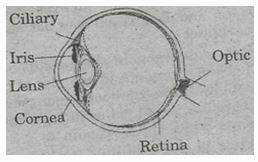
Question :11. Gurmit wanted to perform activity 16.8 using a laser torch. Her teacher advised her not to do so. Can you explain the basis of the teacher’s advice?
Answer :
Laser torch can harm or even damage eye. So. Her teacher advised her not to do so.
Question :12. Explain how you can take care of your eyes.
Answer :
The following care should be taken to keep our eyes healthy:
(a) We should not look at the sun or a powerful light source directly.
(b) Too light or too much light is bad for the eyes.
(c) If advised, suitable spectacles should be used.
(d) We should always read from a normal distance for distinct vision.
(e) We should never rub our eyes if any small particle or dust goes into the eyes.
(f) Food containing Vitamin A should be used.
Question :13. What is the angel of incidence of a ray if the reflected rays are at an angle of 90 degree to the incident ray?
Answer :
The angle of incidence is 450.
Question :14. How many images of a candle will be formed if it is placed between two parallel plane mirrors separated by 40 cm?
Answer :
Infinite number of images of the candle will be formed, if it is placed between two parallel plane mirrors.
Question :15. Two mirrors meet at right angles. A ray of light is incident on one at an angle of 30 degree as shown in fig. 16.19. Draw the reflected ray from the second mirror.
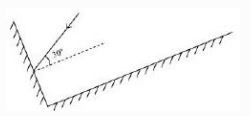
Mddle block 1
Answer :

Question :16. Boojho stands at A just on the side of a plane mirror shown in fig. 16.20. can he see himself in the mirror? Also can he see the image of objects situated at P,Q and R?
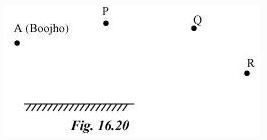
Answer :
Boojho will not be able see himself in the mirror. But he can see image of objects situated at P and Q.
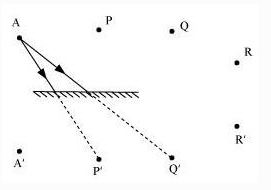
Question :17. (a) Find out the position of the image of an object situated at A in the mirror.

(c) Can Boojho at C see this image?
(d) When Paheli moves from B to C, where does the image of A
move
Answer :
(a) A image will be formed at the same distance behind the mirror.

(b) Yes.
(c) Yes.
(d) The image remains at the same place. The image moves only if the object or the mirror is moved.
